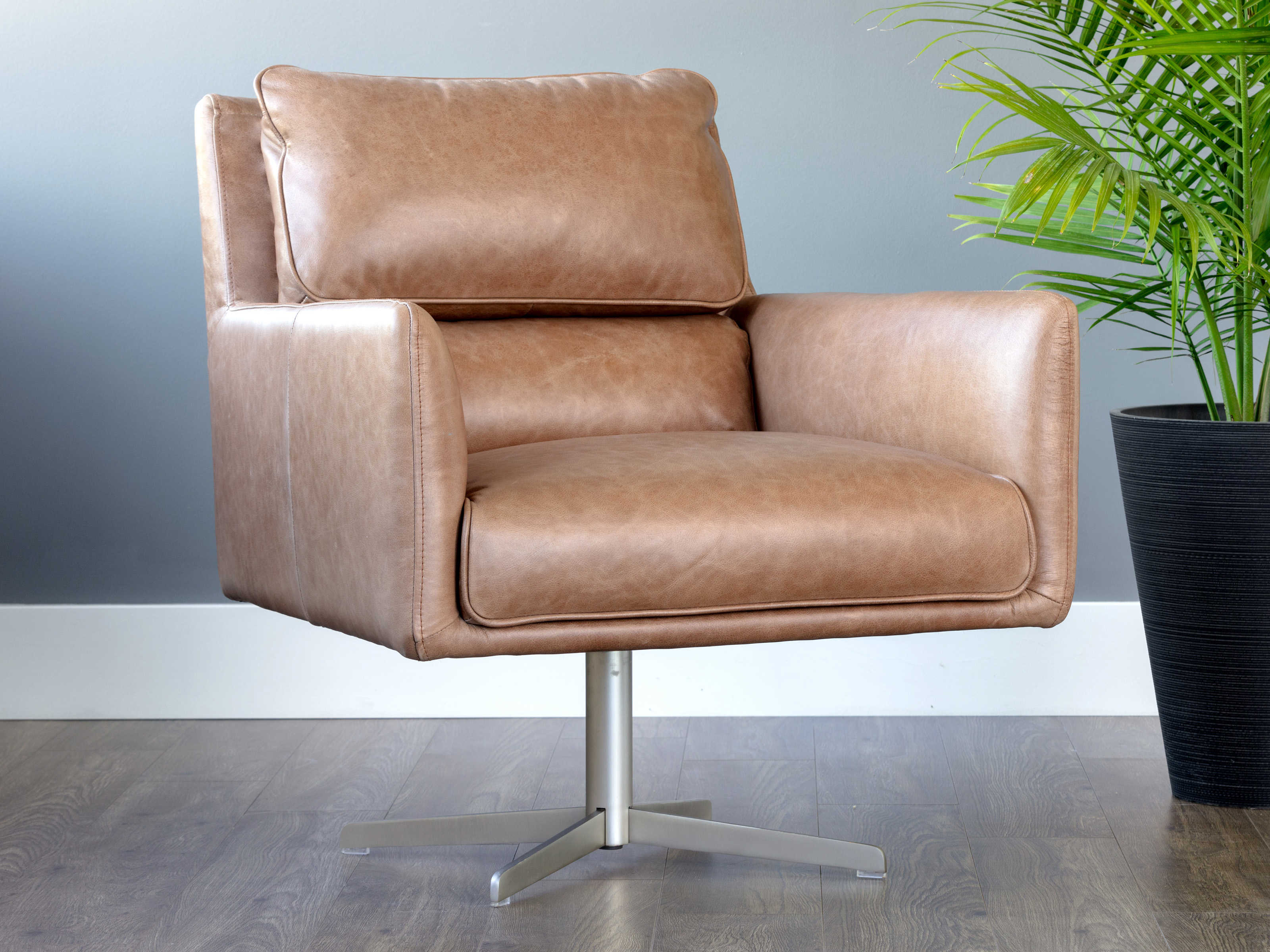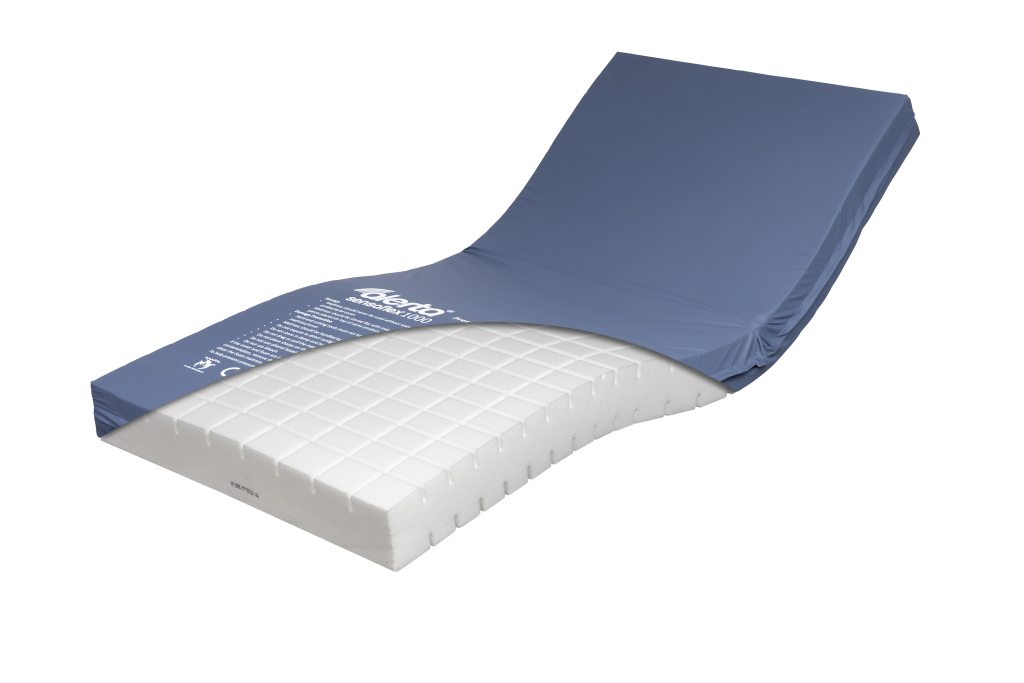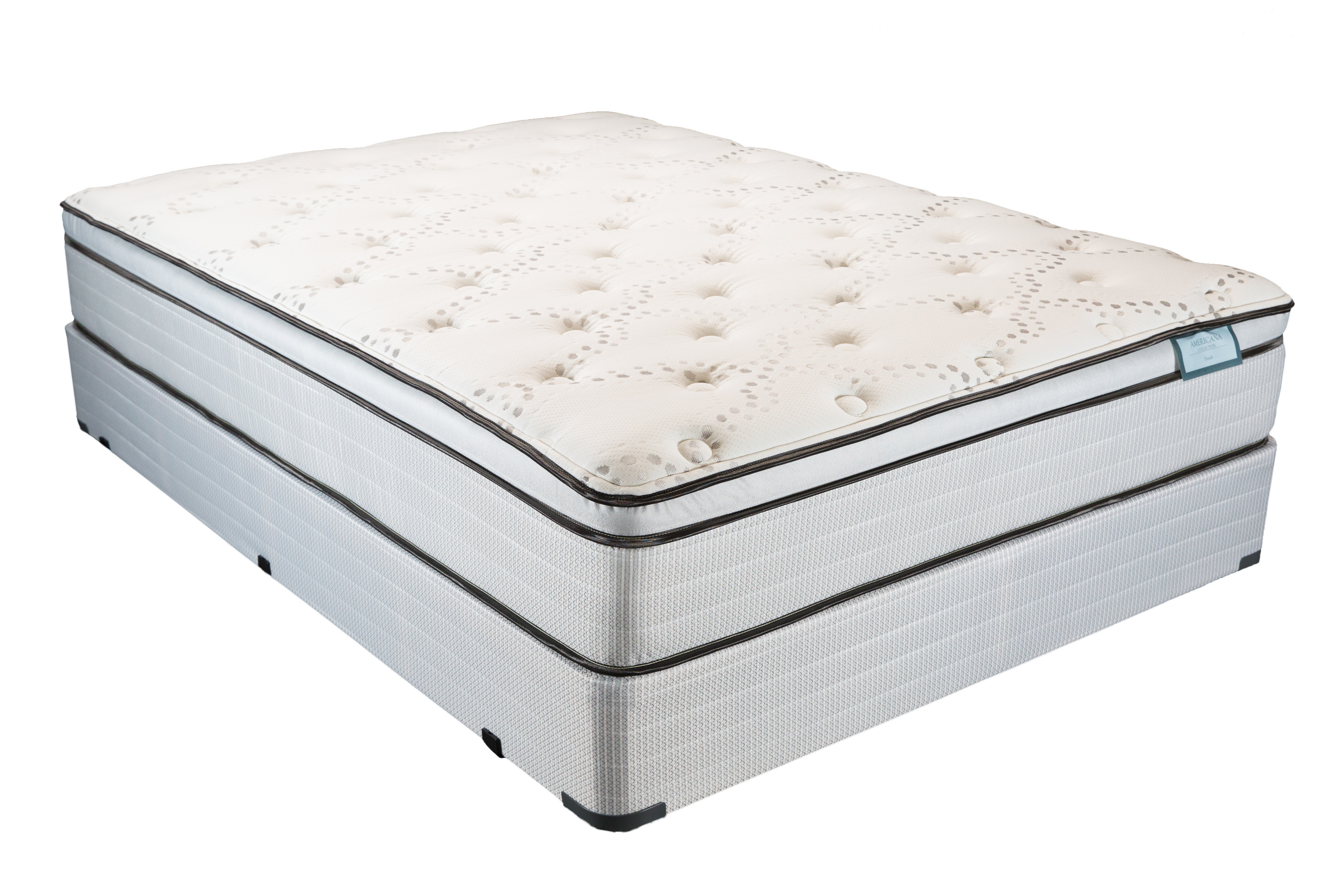Simple Victorian House Design: Historic Preservation
Simple Victorian house designs are perfect for those with a taste for history and sophistication. These types of designs combine elements of traditional and contemporary home designs while still staying true to the classic themes of Victorian architecture. The key to a successful design is to keep the historical feel intact while making the home functional and comfortable. With the right materials and elements, you can create a classic Victorian house design with a modern twist.
When searching for the perfect design for your Victorian-inspired home, you may want to look into historic preservation as an option. This means that you would be preserving the original design and look of the home, but with a modern twist. Adding window treatments, paint colors, and other elements will all contribute to the vitality of the Victorian design. In addition, you can also explore various architectural features, like columns, ceiling medallions, and detailed woodwork, to help evoke the ambiance and elegance of simpler times.
Tudor Revival Architecture
The Tudor Revival movement was a popular trend in the late 19th and early 20th centuries, and many homes featured these designs. This style was based on the architecture of the 16th century English Tudor homes, and it was characterized by its steep roof angles, ornate brick chimneys, and decorative window casings. A Victorian house designed in the Tudor Revival style can give your home a unique, regal look, and enhance its historical charm.
The Tudor Revival movement focused on intricate details in order to create a sense of elegance. Elements like gable roofs, mullioned windows, and half-timbered façades make generous use of woodwork and stone. For those looking to keep the Tudor Revival style alive, there are plenty of options for décor as well. A wrought iron chandelier, a stone fireplace, and ornately carved wooden furniture can all give your home the sophisticated and inviting look that Tudor Revival architecture was known for.
Victorian Gothic Revival Design
The Victorian era was a time of great prosperity, and homes of this period featured a lot of Gothic Revival architecture. Gothic architecture was based on the medieval Gothic stylings of the Middle Ages, and featured pointed arches, ornate decorations, and stained glass windows. Although these styles of homes are usually associated with grand cathedrals and other places of worship, they can still be implemented into Victorian house designs in a way that fits the style and still accommodates modern needs.
Victorian Gothic Revival houses use a range of materials, including stone, wood, and brick. Mayor architectural elements such as large Gothic-arched windows, intricate woodwork, and carved stone towers are all part of the Gothic Revival look. To replicate Victorian-era Victorian Gothic Revival homes, you will need plenty of ornamental detail and a high degree of craftsmanship. A similar effect can also be achieved through the use of stained glass windows and antique furniture.
Queen Anne House Style Architecture
The Queen Anne style of architecture was popular from the late 1800s to the early 1900s, and is characterized by its asymmetrical style, towers, and decorative bays. This style is perfect for those who enjoy the charm and decorum of the Victorian era, but with a more modern touch. The Queen Anne house style is very versatile, as it can be adapted to suit a variety of home sizes and styles, from cottage to full-sized Victorian homes.
The asymmetrical style of the Queen Anne house style offers plenty of flexibility in designing the house. It is possible to add towers, turrets, or other features which add to the grandeur of the home. Other elements that are characteristic of the style include ornate hardware fittings, picture windows, large verandas, and decorative bays. You can use these elements to customize the design of your Queen Anne house, and create a home that is truly unique.
Shingle Style Victorian House Design
The shingle style of house design was very popular in the late 1800s and early 1900s. This style of home is the epitome of classic Americana, as it has a shingle roof, clapboard siding, and a symmetrical silhouette. It also features distinctive details such as wide overhanging eaves, a covered front porch, and decorative trim along the roof. This style of house design can lend a classic and charming feel to your Victorian-style home.
The key to making a shingle style Victorian home stand out is to choose the right materials and elements. For example, clapboard siding and colorful trim can help create the look of an authentic American clapboard home. Other details, such as large window bays, decorative shutters, and ornate hardware fittings, can add a touch of sophistication to your design. With the right materials and architectural elements, you can create a shingle-style Victorian home that is stylish and timeless.
Richardsonian Romanesque Archetectural Design
The Richardsonian Romanesque style is a variant of the Victorian era house design and dates back to the late 19th century. Characterized by its use of rounded arches, polychrome masonry, and stone detailing, this style of architecture is best for those looking for a home that is both elegant and inviting. If you are looking for a unique and sophisticated design, then the Richardsonian Romanesque style might be the perfect choice.
Like other styles of Victorian architecture, the Richardsonian Romanesque style uses plenty of stone in the construction of the home. Large, arch-topped windows, a wrap-around porch, and a central tower can all help create the feeling of an authentic Richardsonian Romanesque home. The interior of the home should be just as impressive, and you can incorporate fine details such as carved wooden beams, stained glass windows, marble floors, and a grand staircase.
Stick Style House Design
The Stick style of architecture is one of the most iconic and recognizable architectural styles of the Victorian era. It is characterized by its use of simple, vertical lines and its flourishing facade. Stick style homes are perfect for those looking for a timeless design with plenty of space and function within the home. The use of simple lines allows for plenty of decorative elements to match one's style and taste.
Stick style designs usually feature clapboard siding in neutral shades. Decorative trims, elaborate single-paned windows, and shingle roofs are also common elements of the style. The addition of bay windows or balconies can add dimension and charm to the design. You can also customize the design with stained glass, ornate hardware fittings, and a large wrap-around porch.
American Foursquare Home & Architecture
American Foursquare designs are perfect for those looking for a practical yet fashionable home. The American Foursquare style of architecture dates back to the early 1900s, and was characterized by its use of boxy designs and large, functional spaces. For those looking for a design that is more modern yet still rooted in Victorian sensibilities, this style of house designs is exactly what they need.
The American Foursquare style typically features a large, two-story home with a hipped or pyramidal roof. The home is typically symmetrical, with a central front door and a porch running the length of the front side. To add a bit of Victorian flair to the design, you can add a touch of Victorian hardware, railings, and window treatments. You can also play around with colorful paints, stained glass windows, and decorative masonry.
Italianate House Design
The Italianate style of architecture is one of the most popular Victorian house designs. This style is characterized by its elaborate and ornate detail, and is perfect for those looking for a sophisticated design. Italianate architecture has an Italian sense of order and intricate design, and can be spotted from a mile away due to its elaborate façade.
The Italianate style typically features a stucco or brick facade with decorative detailing. Other elements of the style include tall and curved windows, decorative stone railings, and large verandas. Details such as ornate balconies, large double doors, and detailed window casements can contribute to the look and feel of the home. Furthermore, colors and ornamentation can be used to add a touch of flair and personality to the design.
Second Empire Home Design
The Second Empire style of architecture dates back to the late 19th century and is characterized by a distinctive silhouette and elaborate detailing. This type of design features a steep mansard roofs and tower-like features, as well as other decorative elements such as ironwork, large arched windows, and stonework. This style of architecture is often associated with French-inspired designs, and is perfect for those looking for a design that has a sense of sophistication and luxury.
For those looking to create a Second Empire style house design, it is important to focus on the details. Elaborate stonework, rosette window treatments, and heavy decorative ironwork can help create a realistic and believable Second Empire home. Painting the home in vivid colors, such as pastel blues, greens, and reds, can add to the vibrancy of the home and help create a more inviting look. Additionally, adding a wrap-around porch and ornamental garden can complete the look and feel of the home.
Exploring the Appeal of a Classic: Simple Victorian House Design
 The
Victorian era
was renowned for its intricately detailed architecture, both in terms of interior and exterior design. Built to impress, each detail was usually thoughtfully crafted. However, many modern homeowners are drawn to the appeal of a more
simple
and elegant Victorian house design. Luckily, there are plenty of ways to implement a modern yet classic look into the most important room in the house: your own.
The
Victorian era
was renowned for its intricately detailed architecture, both in terms of interior and exterior design. Built to impress, each detail was usually thoughtfully crafted. However, many modern homeowners are drawn to the appeal of a more
simple
and elegant Victorian house design. Luckily, there are plenty of ways to implement a modern yet classic look into the most important room in the house: your own.
Small but Mighty Touches
 One of the advantages of this type of house design is that it doesn't require extreme changes to the overall structure. A few
key details
like a bay window or shingles can make a tremendous impact. Adding an intricate window rail or a unique door can also transform the mood of a room. With a few creative updates and careful preservation of the classic style, any space can be enhanced and customized to fit the homeowner's preferences.
One of the advantages of this type of house design is that it doesn't require extreme changes to the overall structure. A few
key details
like a bay window or shingles can make a tremendous impact. Adding an intricate window rail or a unique door can also transform the mood of a room. With a few creative updates and careful preservation of the classic style, any space can be enhanced and customized to fit the homeowner's preferences.
Furniture and Accessories
 Victorian-style furniture
can bring an even more sophisticated flair to a newly designed room. Ornately carved chairs and footstools can create different layers of complexity in a room. Upholstery fabrics like damask and velvet can lend an air of formality and create a more polished look. Not to mention, adding a few pieces of glassware, ceramics, and small statues can merge a more traditional look with a modern one.
Victorian-style furniture
can bring an even more sophisticated flair to a newly designed room. Ornately carved chairs and footstools can create different layers of complexity in a room. Upholstery fabrics like damask and velvet can lend an air of formality and create a more polished look. Not to mention, adding a few pieces of glassware, ceramics, and small statues can merge a more traditional look with a modern one.
Bringing in the Natural Elements
 Finally, nature must never be forgotten. The outdoors can often be just as important as the indoors in creating a living environment that reflects its era. Simple yet fashionable flower planters and water fountains can really bring life into the space. Creating a lush garden around the home can also provide some additional privacy and privacy that can be hard to find in an urban area.
At the end of the day, modernizing a classic
Victorian house design
is all about appreciating the details. Even with a few subtle adjustments in the home, it's possible to beautifully showcase the best parts of a bygone era. With some creativity and patience, it's possible to bring this timeless style to life for years to come.
Finally, nature must never be forgotten. The outdoors can often be just as important as the indoors in creating a living environment that reflects its era. Simple yet fashionable flower planters and water fountains can really bring life into the space. Creating a lush garden around the home can also provide some additional privacy and privacy that can be hard to find in an urban area.
At the end of the day, modernizing a classic
Victorian house design
is all about appreciating the details. Even with a few subtle adjustments in the home, it's possible to beautifully showcase the best parts of a bygone era. With some creativity and patience, it's possible to bring this timeless style to life for years to come.























































































